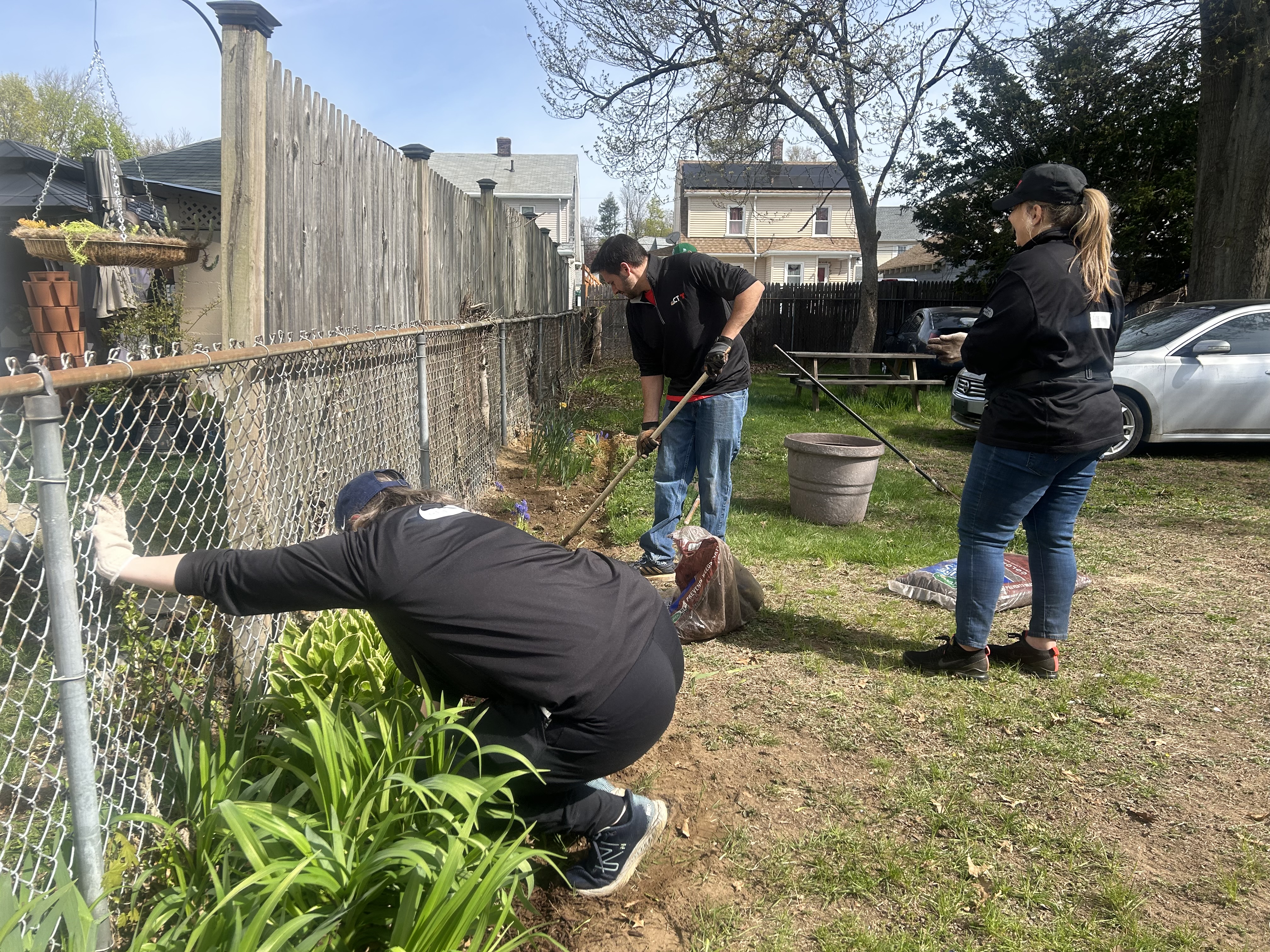
Both New London and Windham counties have reached Stage 3, or moderate, drought levels due to more serious conditions emerging, according to Gov. Ned Lamont.
The governor's office said the other six Connecticut counties will remain at Stage 2, which was declared in mid-July.
In Stage 3, there's a potential impact to water supplies, agriculture or natural ecosystems. Stage 2 is intended to bring awareness to the possibility of a developing drought.
Lamont said the decision to move New London and Windham counties into Stage 3 is based on an assessment of indicator data monitored by state and federal agencies. They analyze precipitation, surface waters, groundwater, reservoirs, soil moisture, vegetation and fire danger conditions.
Get Connecticut local news, weather forecasts and entertainment stories to your inbox. Sign up for NBC Connecticut newsletters.
There are five drought levels with Stage 1 meaning below normal conditions and Stage 5 being the most extreme.
“There are steps that residents and businesses can take to help reduce the impacts of this drought, including by voluntarily reducing water usage to only those things that are absolutely necessary and limiting the amount of water being used. Those who depend on private wells, fire or irrigation ponds, and other highly localized water resources should be especially mindful of local conditions, most particularly in places where previous droughts have had a significant impact on water supplies," Lamont said.
Local
The last time an area of Connecticut entered into a Stage 3 drought was in Oct. 2020.
Officials are recommending you take the following steps to avoid further stressing water supply:
- Reduce, to the extent possible, the watering of lawns, recreational and athletic fields, gardens, or other landscaped areas (if watering is essential, late evening hours are best).
- Avoid burning in or near woodlands or brushlands.
- Report dry fire/irrigation ponds or private wells to municipal drought liaisons or regional emergency management liaisons.
- Postpone the planting of any new lawns or vegetation.
- Minimize overall water use by fixing leaky plumbing and fixtures.
- Take shorter showers.
- Run dishwashers and clothes washing machines with full loads.
- Shut off water while washing dishes, shaving, brushing teeth, and lathering up to wash hands, rather than running the water continuously.
- Avoid washing vehicles or power-washing homes and other buildings.
- Do not use water to clean sidewalks, driveways, and roads.
- Do not use public water to fill residential swimming pools.
For more tips on how you can conserve water, click here.



